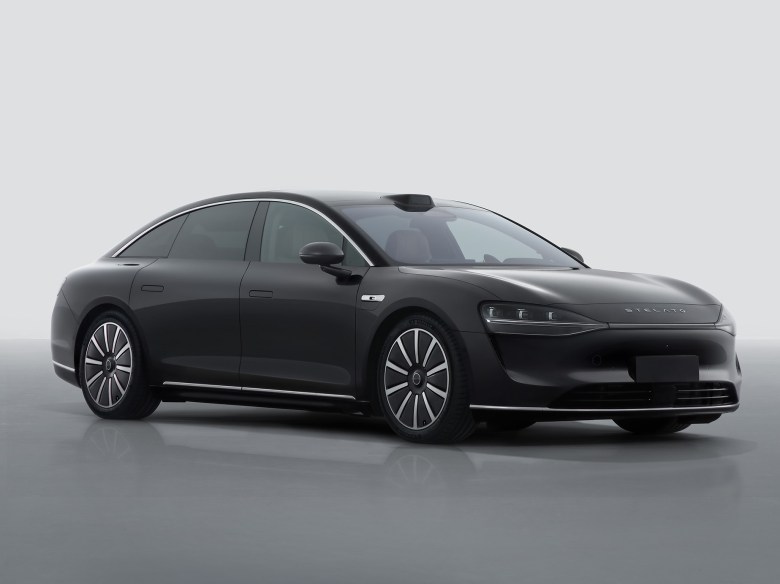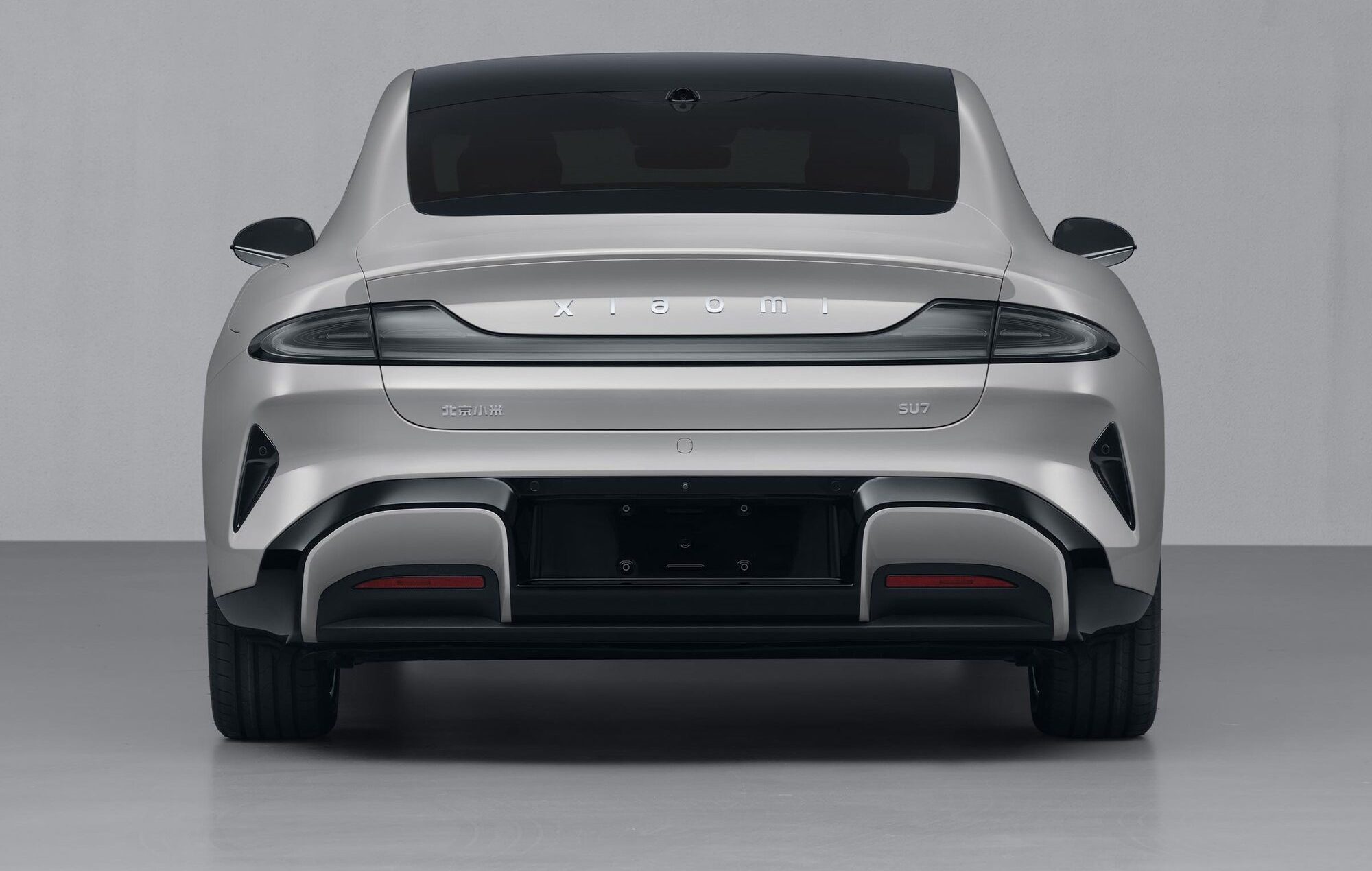Details of new electric vehicle models from Chinese auto and tech majors including Huawei, Xiaomi, and Geely have been leaked online via an official regulatory process. Some are expected to make their debut at the upcoming Beijing Motor Show next month, positioned to compete with models from dominant rivals such as BYD and Tesla, and potentially stirring up a new price war in the world’s biggest auto market.
The companies expect the upcoming models, now making a splash online, to become bestselling or otherwise strategically important cars for their brands. Below are highlights from the registration filings released for public review by China’s Ministry of Industry and Information Technology (MIIT) on Tuesday, giving critical details of the models ahead of their official launches.
Stelato S9

The S9 will be the first model under the new premium Stelato brand launched in partnership between Huawei and China’s BAIC and the largest sedan model of all Huawei-enabled EVs to date. The car measures 5.1 meters in length and 1.5 meters in height with a wheelbase of nearly 3.1 meters, offering passengers a spacious and comfortable interior in an effort to draw in affluent Chinese consumers.
The all-electric executive sedan will be available in single and dual-motor variants producing 308 and 524 horsepower respectively, and will include innovative elements such as a camera-based digital rear-view mirror system as an optional add-on, according to the filings. Analysts expect the car to be launched in June for between RMB 300,000 and RMB 500,000 ($41,730-$69,550). Shares in partner BAIC Bluepark surged 32% on the mainland Chinese stock market on the news over the week.
Zeekr Mix

China’s Geely is raising its bet on the small but growing segment of multi-purpose vehicles with its upcoming roll-out of the Zeek Mix, an all-electric five-seater van, after the launch of its larger and more business-oriented Zeekr 009 nearly two years ago. The pictures published by MIIT show a mid-size MPV with a rounded exterior and low center of gravity as well as an optionalLIDAR unit mounted on the car’s roof for automated driving.
It is slightly shorter than the Zeekr 007 sedan at nearly 4.7 meters in length, likely making it easier to maneuver and attractive to parents, while offering a larger interior with a 3,008-millimeter-long wheelbase. The single-motor car has a 422-horsepower electric powertrain – higher than the plug-in hybrid Denza D9 from BYD, currently a top-seller in the market, but less powerful than bigger offerings such as the Xpeng X9 and the Li Auto Mega.
Xiaomi SU7

Xiaomi on Wednesday received Chinese government approval for a new variant of its first EV, the long-anticipated SU7, equipped with lithium iron phosphate (LFP) batteries sourced from CATL and roughly 110 kilograms heavier than the one powered by BYD’s iron-based batteries. Speculation has circulated that the new power option could be CATL’s Shenxing batteries, which have boasted of a high energy density for a longer driving range and an 800-volt electrical system for faster charging compared with existing offerings.
China’s industry regulator had previously uncovered details about another entry-level SU7 and the more premium SU7 Pro/Max, which the company claimed could accelerate from 0 to 100 km/h (62 mph) in 2.78 seconds and would be more aerodynamic than rivals’ offerings including Tesla’s Model S. Chief executive Lei Jun said on Friday that the smartphone maker will begin deliveries immediately on March 28, when pricing of the sports sedan will be finally announced.
READ MORE: Explainer: How a new round of price cuts are reshaping China’s EV market

